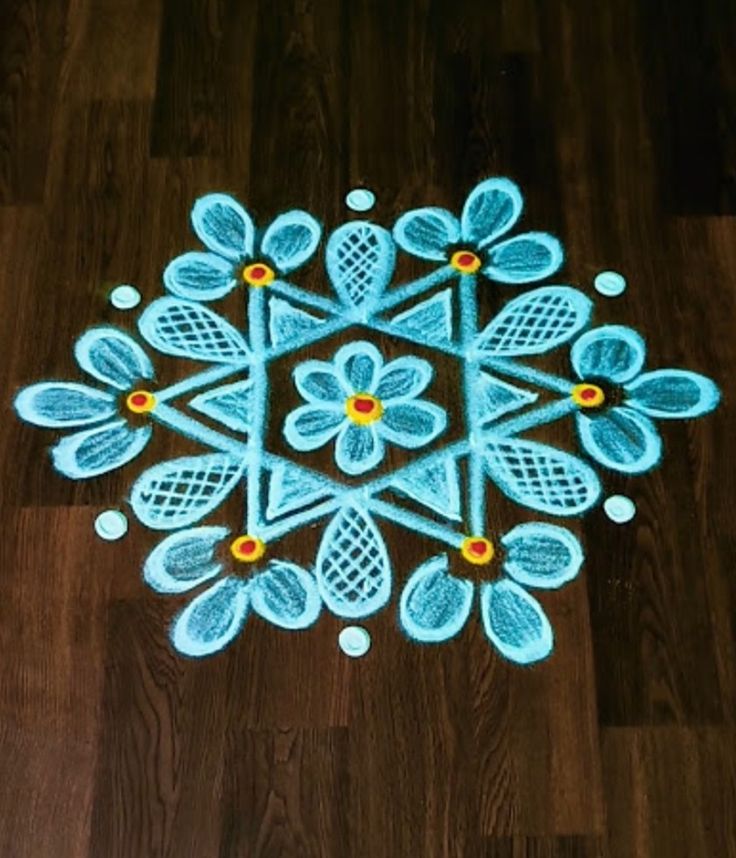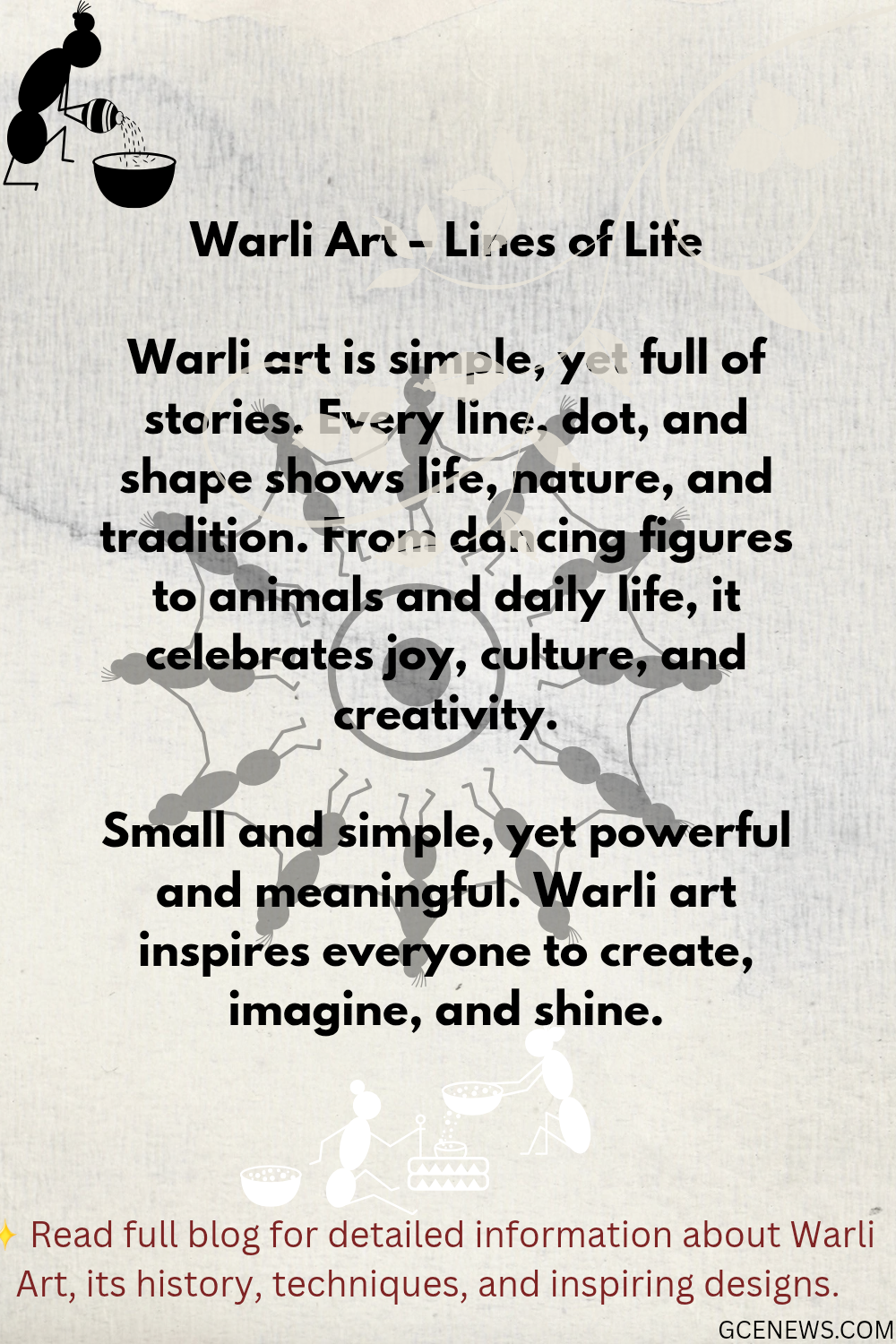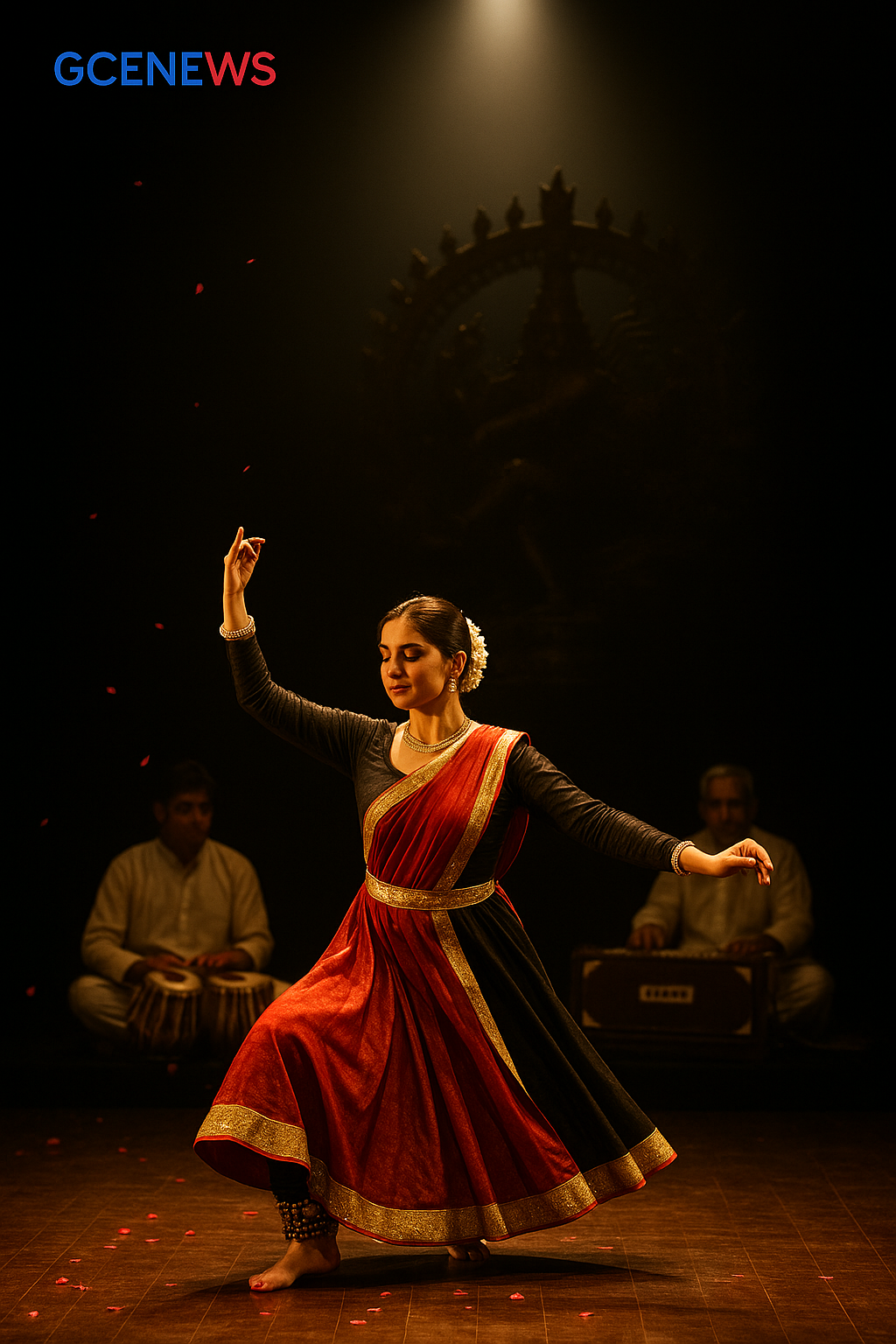Episode 4 of rangoli series

🌟 Rangoli Revival Series – Day 4
🎨 Tools, Textures & Twists: A Guide to Modern Rangoli Materials in 2025
Hi friends! I’m your writer and well-wisher, and welcome back to our Rangoli Revival Series.
Today is Day 4 — and we’re stepping into the beautiful, colorful world of Rangoli materials. From natural powders to modern shimmer, Rangoli today isn’t just about patterns — it’s about what you create with.
Let’s explore how this traditional art form has evolved with textures, tools, and a touch of modern magic. 🌸
🪔 Back to the Roots – Traditional Rangoli Materials
Long before glitter and acrylics, our grandmothers used simple, natural ingredients to create divine designs at the entrance of homes.
Some of the most loved traditional materials include:
- Rice flour – symbol of purity and prosperity
- Turmeric and Kumkum (vermilion) – used in festivals and rituals
- Flower petals – marigold, rose, jasmine for soft and fragrant designs
- Soot or ash – believed to absorb negative energy
- Colored sand or clay – crushed naturally from stones
These were eco-friendly, easily available, and filled with meaning — just like the Rangoli itself.
🌈 What’s New in 2025? – Modern Rangoli Materials You’ll Love
Today, Rangoli artists are experimenting with fusion styles — combining old beauty with new creativity. Here are the most popular and unique materials seen in 2025:
🎨 1. Acrylic Rangoli Colors
Bright, smooth, and long-lasting. Acrylic powders give your designs a polished, professional look — perfect for competitions or festivals.
✨ 2. Glitter and Shine Powder
A little sparkle goes a long way! Use glitter or pearl dust in borders or floral centers to make your Rangoli glow, especially at night.
🪞 3. Mirror Pieces and Sequins
These reflective elements add depth and dazzle. Commonly used in wedding or event Rangolis, mirrors catch the light and draw attention.
🖌️ 4. Stencils and Ready-Made Patterns
Beginner or busy? No worries. Stencils make it easy to create complex designs like peacocks, diyas, and mandalas with neat perfection.
📄 5. Sticky Rangoli Sheets & Fabric Boards
Pre-printed Rangoli boards or fabric mats are popular for exhibitions or schools. Just add color — and it’s ready!
🌿 6. Eco-Friendly Natural Colors
With growing awareness, many artists now prefer natural powders made from:
- Dried flower petals
- Haldi, neem, beetroot
- Colored rice or pulses
They are gentle on the earth — and safe for kids and pets too!
🧰 Extra Tools That Make a Big Difference
- ✏️ Chalk or white pencil – for sketching outlines
- 🥄 Steel spoons or cones – to control powder flow
- 🖊️ Rangoli pens – great for borders and small shapes
- 💧 Water mist spray – to fix powder in outdoor displays
❤️ Why Materials Matter
The material you choose tells a story — about your mood, your values, your creativity.
Some prefer petals because they remind them of childhood.
Others love shimmer because it reflects their inner joy.
And some use ash to honour silence and prayers.
Rangoli isn’t only what we see… it’s what we feel while making it.
💬 Final Thought
In the end, it’s not about expensive colors or perfect patterns.
It’s about expressing yourself — in flour, in flowers, or even in glitter.
So pick your colors, choose your tools, and let your hands tell your heart’s story.
📍Stay tuned for Episode 5:
🖥️ “Digital Rangoli: The New Age of Art Without Floors” — where we’ll explore how Rangoli is now being created on screens and apps across the world.
🎨 Until then — stay colorful, stay traditional, stay you.




